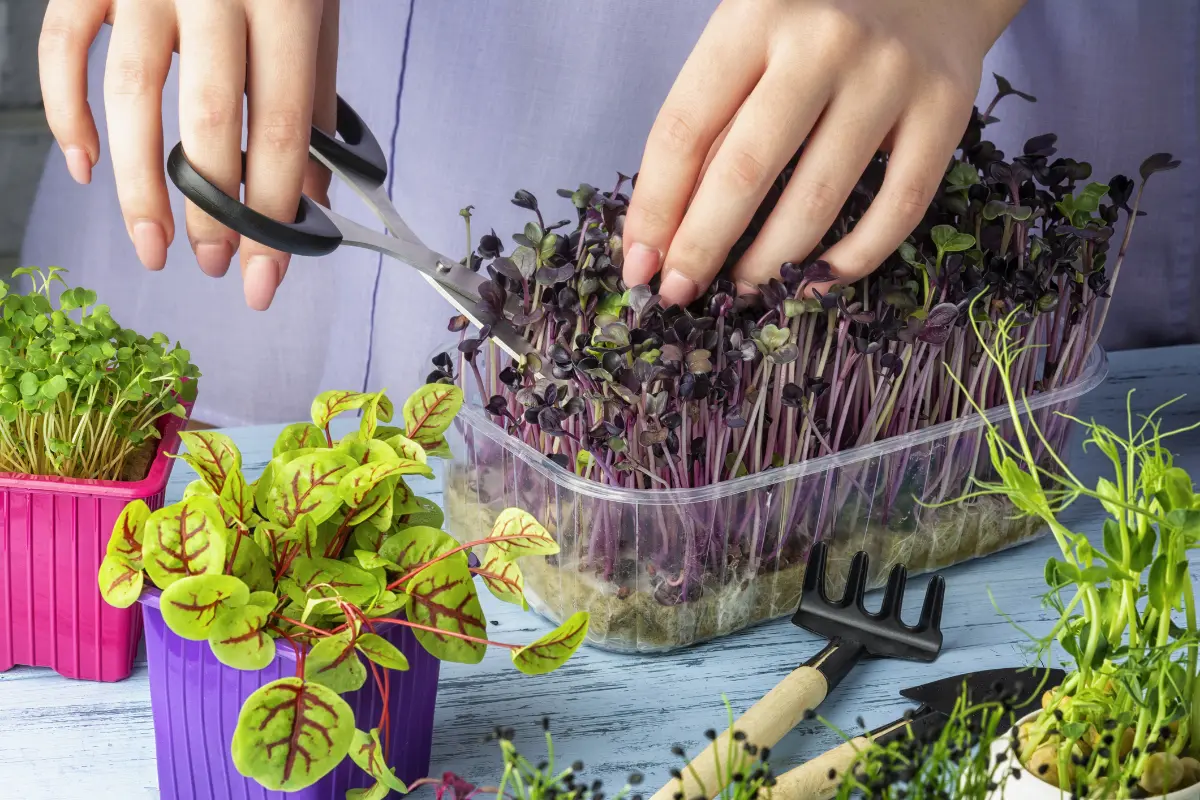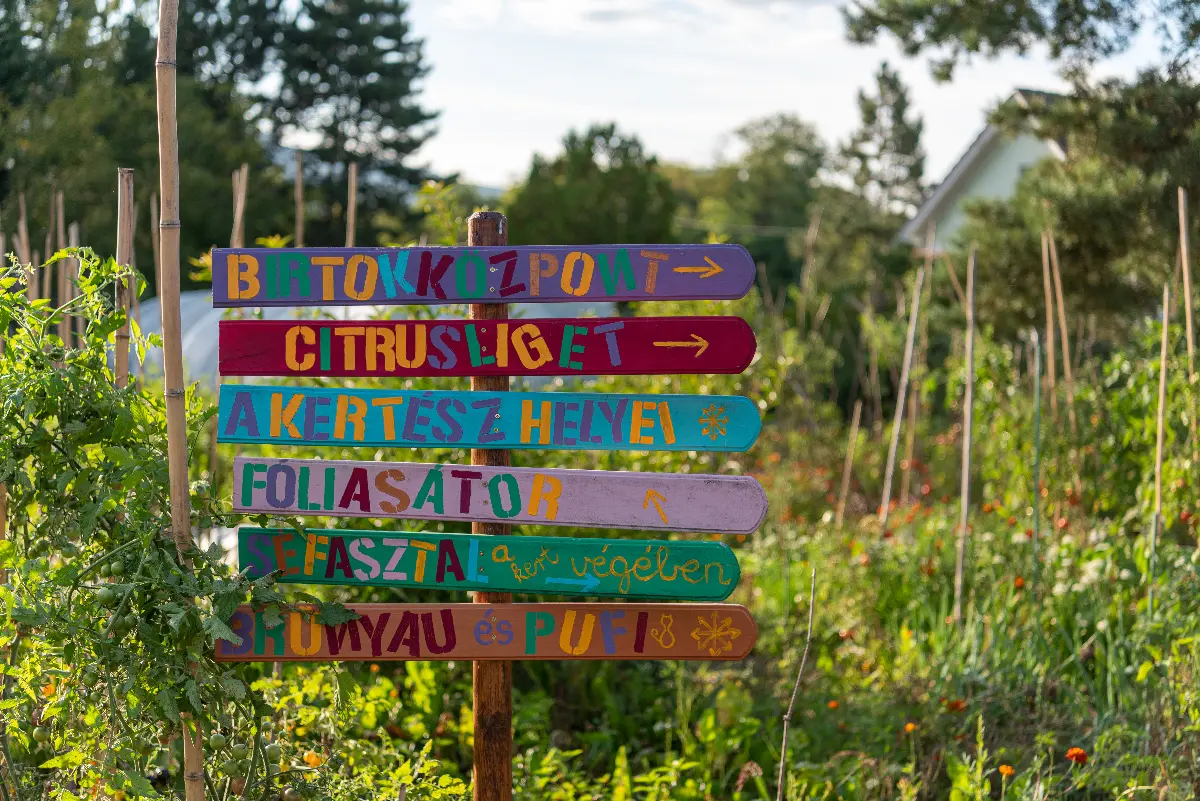
Helyszín címkék:
The superfood you can grow in winter and summer, even in a block of flats!
Szabó Sára
Innovative gardening is complemented by culinary experiences at the Chef and the Gardener’s empire in Pócsmegyer: Patrícia Török, the gardener, applies chemical-free care to get the most out of the plants, so that her chef partner, Gábor Horváth, can make delicious dishes full of flavour. Cooking courses and cooking experiences are also organised on the small wonder estate on Szentendre Island, and individual and group garden visits are available in spring and summer.
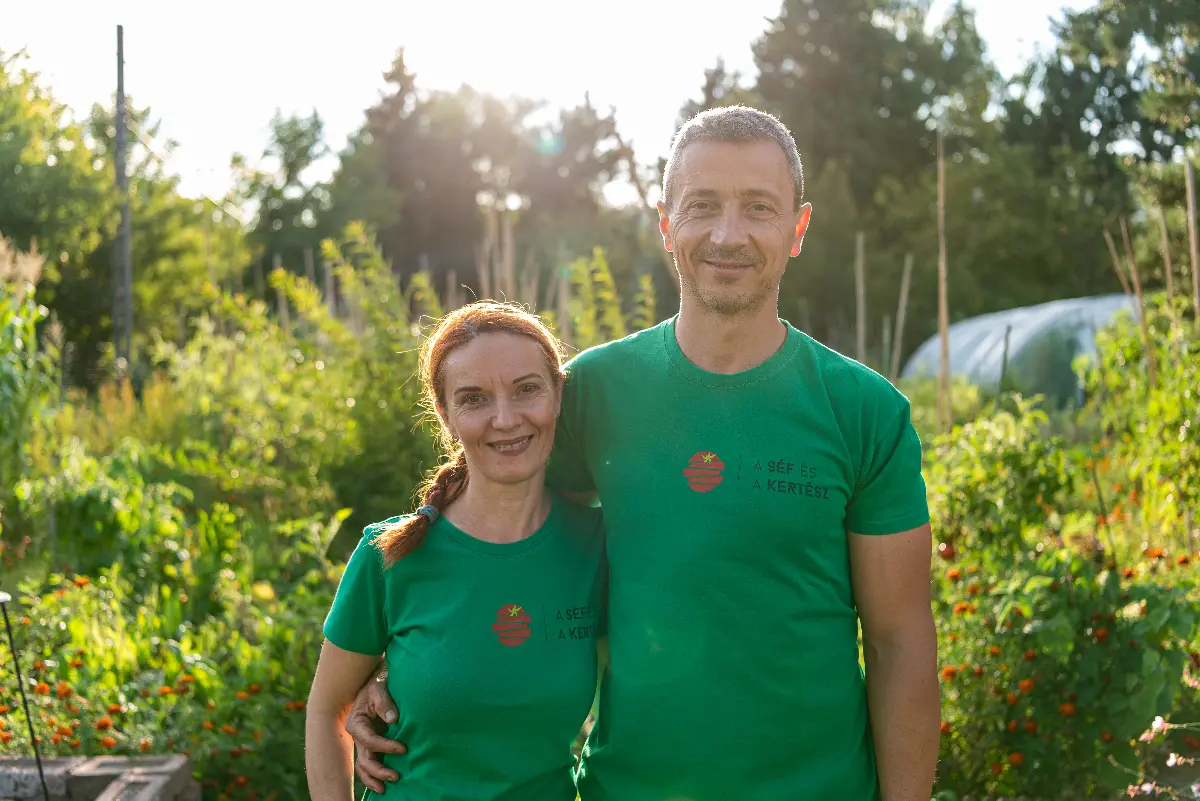
If you are completely new to gardening (maybe you don’t even have a garden) but would like to try your hand at growing vegetables, sprouting is for you! Of course, it is not just beginners who are recommended to grow seeds, as cultivating sprouts also has surprises in store for the more experienced. It is a great way to get the little ones into the world of hobby gardening. What’s more, you can get started at any time of the year; on colder days, it is a real treat to cut the microgreens on the windowsill.
First, let’s get the concepts straight: sprout or microgreen?
Sprouts “ripen” in just 3-5 days and are eaten skin to skin, while microgreens grow to the right size in 7-14 days and only the parts above ground are edible. Some microgreens (such as peas) will sprout again after you cut them down, sort of “harvesting” them, but most can only be eaten once. Whatever you start experimenting with at home, you don’t have to dig deep into your pockets! Although the boxed sprouts and microgreens on store shelves are priced almost like gold, growing them at home requires almost nothing. Patrícia Török says it is a great introduction to gardening, you don’t even need a garden. All you need is a kitchen paper towel and the plastic food storage box that most of us already keep in the bottom of the cupboard. And, of course, seeds. Organic seeds!
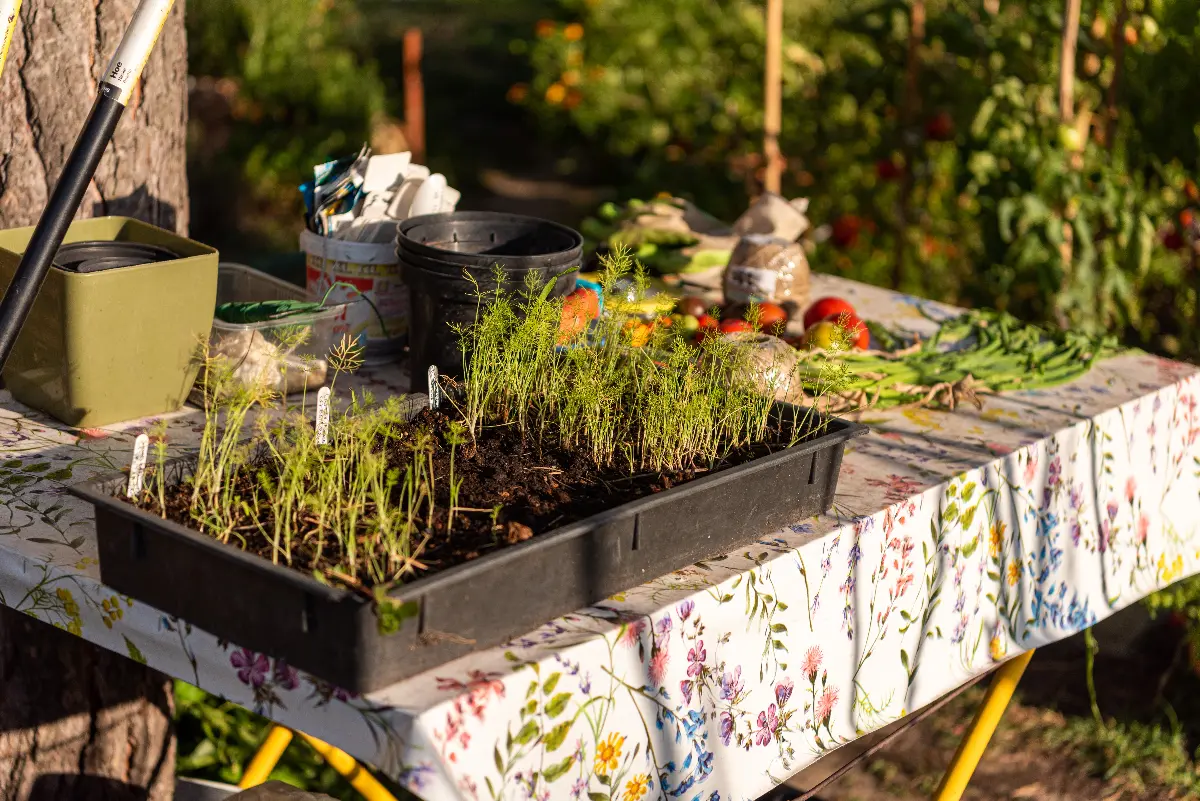
- If you are into gardening anyway, you can experiment with your own seeds! Those who do not, however, should make sure that they do not buy treated seeds, but instead buy organic packages available for this purpose. You can try everything from vegetables to herbs; the only limit is your imagination
– says Patrícia.
Another good thing about cultivating sprouts is that you can almost be sure of success! The only thing to watch out for is mould, which is most likely to occur if the seeds are standing in water. This can be avoided by poking holes in the bottom of the pot to allow excess water to escape. Do not spread the seeds too densely, as this can also cause mould. If you want to be on the safe side, you can use some kind of growing medium: coconut fibre or peat, but if you don’t have any, a damp kitchen paper towel will do, as well!
In just a few days, the little taste bombs are ready!
The sprouts and microgreens are also very healthy. It contains concentrated amounts of nutrients, vitamins and minerals, up to 40 times more than the adult plant! As Gábor Horváth puts it, the sprouts do not yet have cotyledons, so they are literally newborns. In their case, the gastronomic experience plays less of a role than the benefits for the body. In microgreens, however, the characters and aromas of the plant are already apparent.
The higher the quality of the gastronomy, the better it can use these ingredients. Micro basil can do wonders for a strawberry dessert, but coriander can also make a pumpkin cheesecake skyrocket
– says Gábor.
Whatever you start with: cabbage, beetroot, coriander, ruccola or onions, the range of seeds is almost endless.
A few specialities from the Chef and the Gardener’s store of ideas
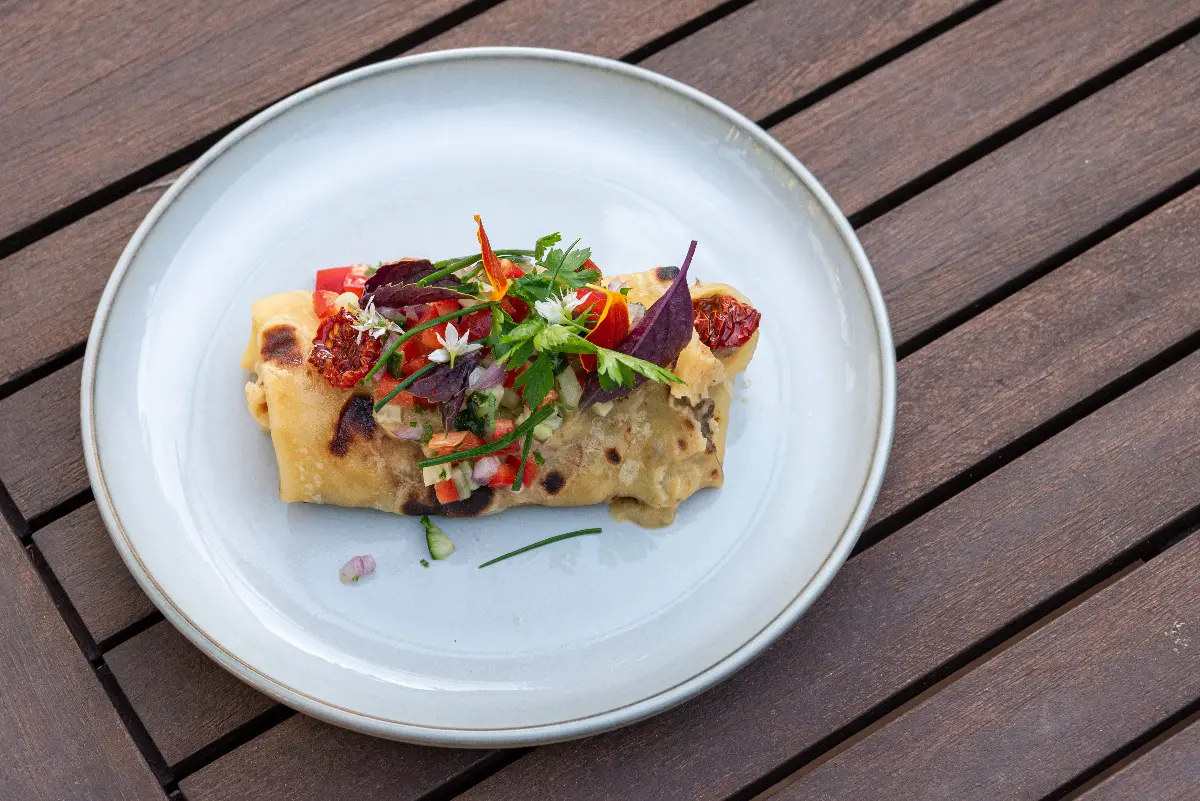
Patrícia tells us that Asian mustard salad is very cold-hardy and has a distinctive tangy, horseradish, spicy, mustardy flavour – the perfect start to the cooler, early spring season! Another exciting plant is the red giant mustard lettuce, which has purple-reddish leaves and this distinctive colour is visible already when they are small. Wasabino has a pungent, strongly horseradish flavour and very showy leaves. It is also worth trying coloured chard, which has a canary yellow, red or pinkish petiole. Bloody dock is also beautiful on the plate, as its veins are reddish in colour, making it very showy. As a microgreen, sunflower seeds are also a great accompaniment to a dish that would be sprinkled with sunflower seeds anyway. Finally, onions, although slower growing, add a lot of flavour to a dish.
Sprouts and microgreens are mainly present in conscious eating, vegan and vegetarian diets, where the lack of meat makes it more important to emphasise the flavours of vegetables. But according to Gábor and Patrícia, they have an absolute right to exist in all segments of modern gastronomy.
- It is about playing with colours, flavours, sights. They are not labour-intensive to produce, they are tasty and healthy, and it is a great experience to be able to add green to our food in winter – concludes Gábor.
